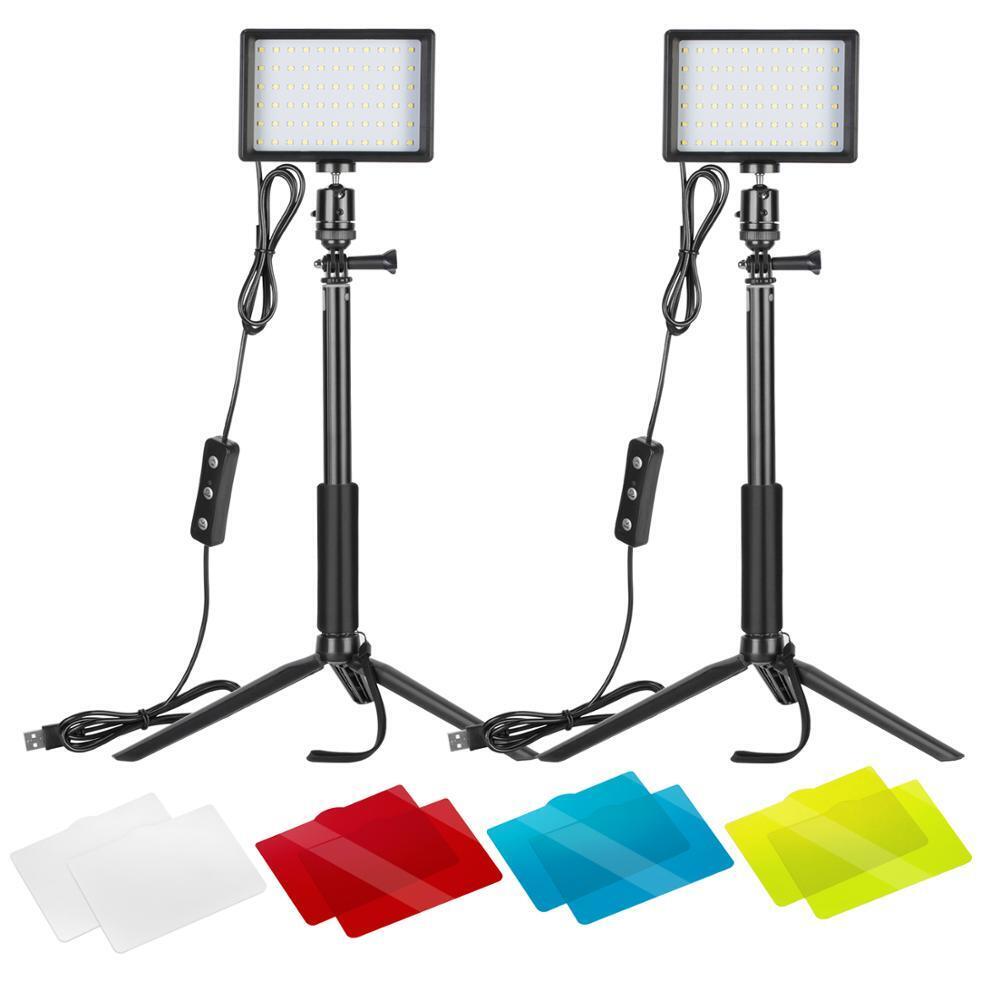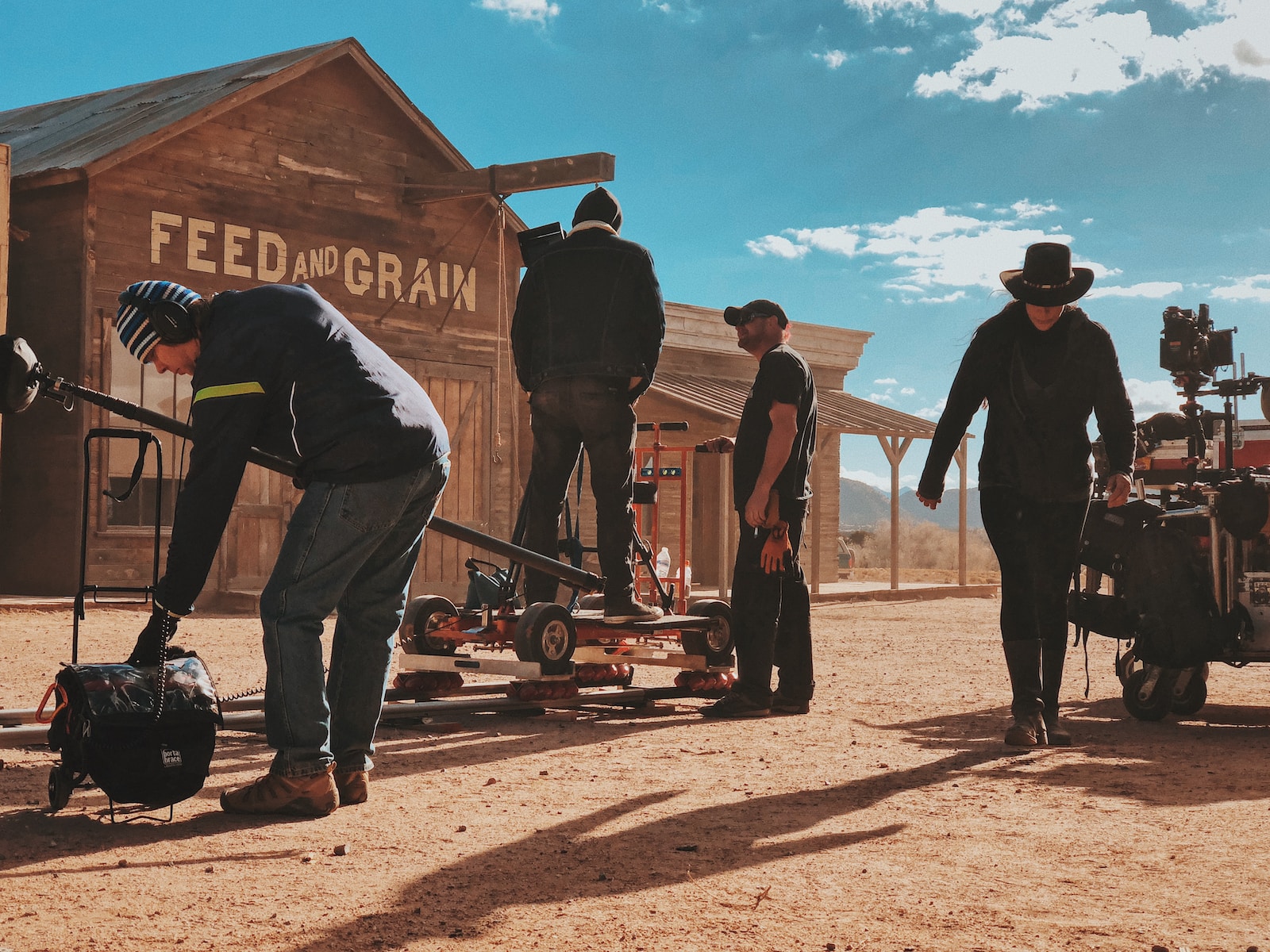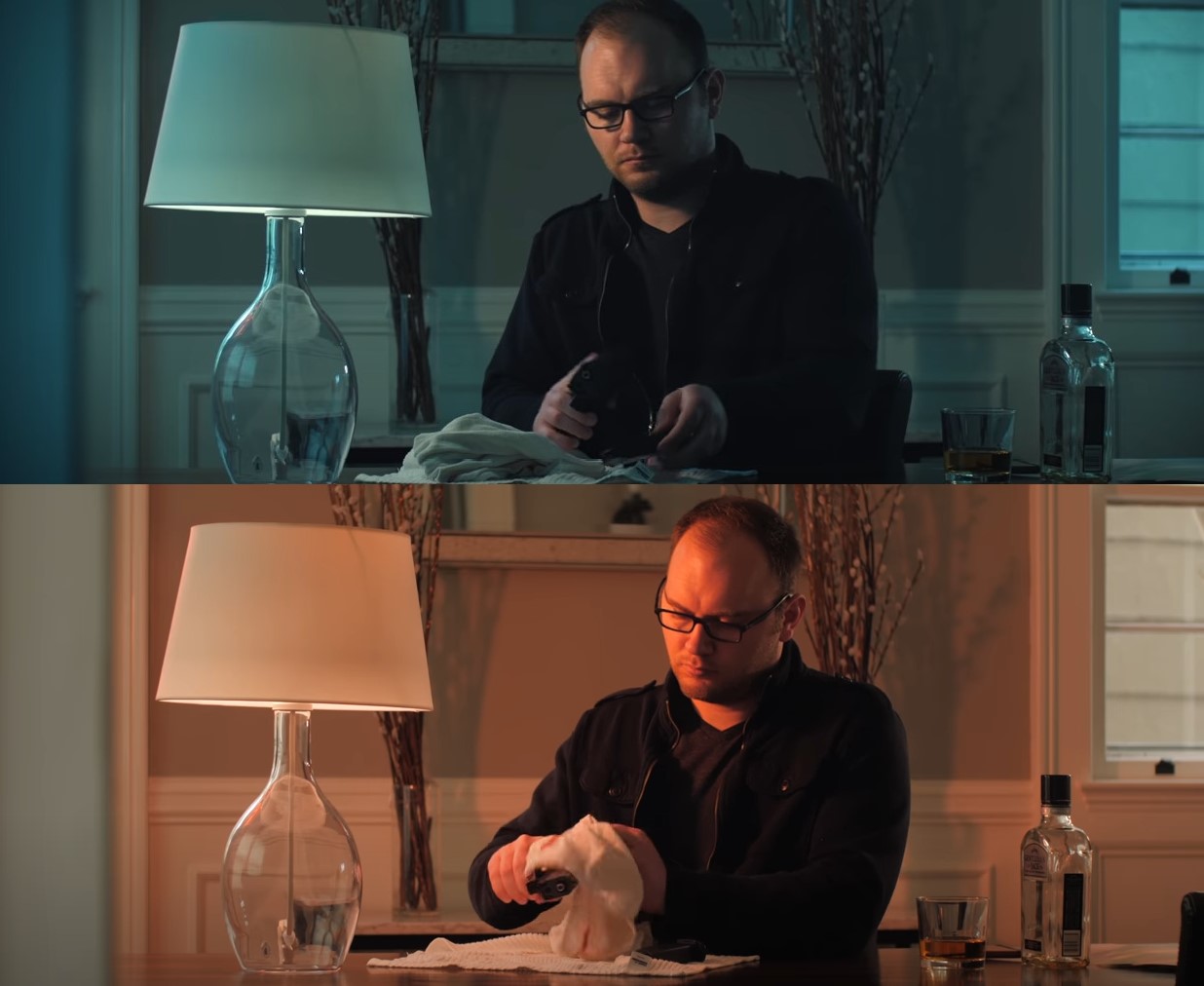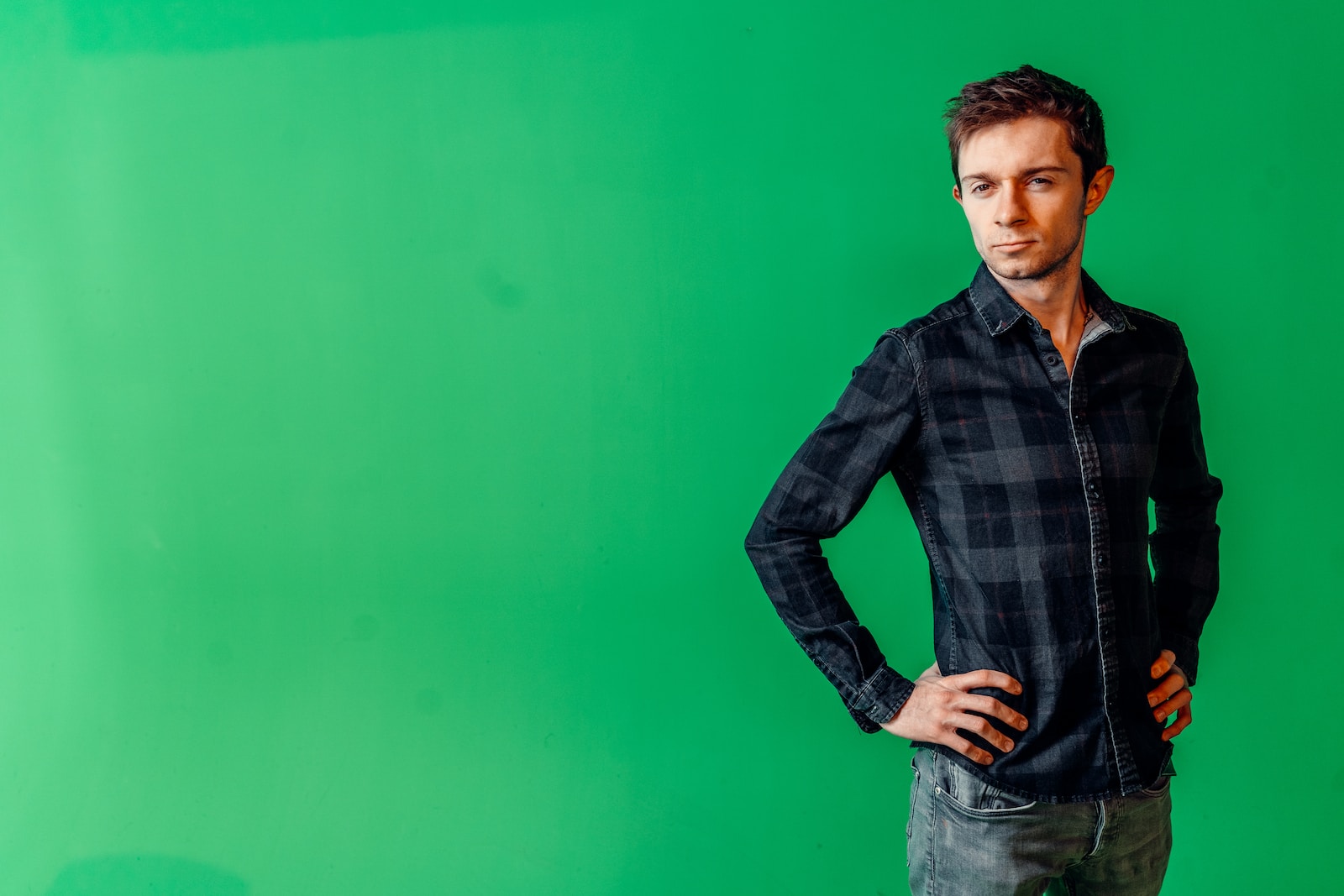Welcome to our blog, where we will delve into the fascinating world of continuous lighting in photography. This blog aims to demystify the concept of continuous lighting, from its basics to its usage in various types of photography. Whether you’re a beginner looking to enhance your photography skills or a professional photographer seeking new techniques, this blog will provide you with valuable insights and tips. Join us on this illuminating journey as we decode the essentials of continuous lighting in photography.
Table of Contents
- Understanding Continuous Lighting
- Continuous Lighting in Photography: A Case Study
- Frequently Asked Questions
- What is continuous lighting in photography?
- Why is continuous lighting important in photography?
- What are the advantages of using continuous lighting?
- Can continuous lighting be used for different types of photography?
- What are some popular light effects that can be achieved with continuous lighting?
- What are some basic techniques for using continuous lighting?
- Where can I find continuous lighting equipment?
- Are there any disadvantages to using continuous lighting?
- Is continuous lighting suitable for beginners?
- Wrap Up
Understanding Continuous Lighting
Before delving into the intricacies of continuous lighting, let’s start by understanding what it actually is. In photography, continuous lighting refers to a lighting setup where the light source remains on continuously, allowing photographers to visualize the light and its effects in real-time. Unlike strobe or flash lighting, which emits brief bursts of light, continuous lighting provides a constant and consistent illumination, offering greater control and flexibility.
Advantages of Continuous Lighting
Continuous lighting offers a myriad of advantages that make it a popular choice among photographers. Firstly, the continuous nature of the light source allows photographers to see exactly how the lighting falls on the subject, enabling precise adjustments to create the desired effect. Additionally, continuous lighting is particularly beneficial for beginners, as it eliminates the need for complex calculations often associated with flash photography. It also makes it easier to learn and experiment with lighting techniques in real-time, providing immediate feedback on the results.
Types of Continuous Lighting
There are various types of continuous lighting setups available, each offering its own unique features and advantages. Some of the most commonly used types include:
- LED Lights: LED lights are a popular choice among photographers due to their energy efficiency, lightweight design, and adjustable intensity. With customizable color temperature options, LED lights offer versatility for different photography genres.
- Tungsten Lights: Tungsten lights, also known as hot lights, are widely used in professional photography and video production. They provide a warm, natural-looking light and are often used in studio settings.
- Fluorescent Lights: Fluorescent lights are known for their soft and even illumination. They emit low heat and are suitable for a wide range of photography genres, including portraits and still life.
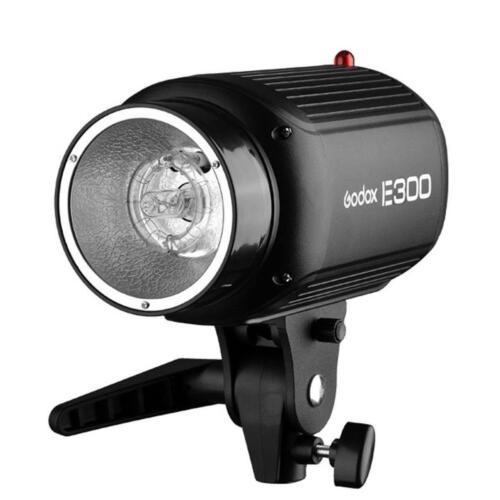
Applications of Continuous Lighting
Continuous lighting finds its application in various genres of photography. Let’s explore a few notable ones:
Portrait Photography
Continuous lighting can effectively highlight the subject’s features, creating a soft and natural look. By adjusting the intensity and positioning of the lights, photographers can sculpt the face, accentuate contours, and bring out the desired mood and ambiance.
Product Photography
When shooting products, continuous lighting allows photographers to carefully control the light and minimize unwanted reflections or harsh shadows. This ensures that the product appears as close to its real-life appearance as possible, making it more appealing to potential customers.
Still Life Photography
In still life photography, continuous lighting is ideal for capturing intricate details and textures. By experimenting with different lighting angles and intensities, photographers can create stunning light effects and enhance the overall visual impact of the image.I
Did you know that continuous lighting was widely used in early film production before the invention of more advanced lighting technologies?
Tips for Using Continuous Lighting
Here are some valuable tips to make the most out of your continuous lighting setup:
- Experiment with different lighting angles and positions to achieve the desired effects.
- Take advantage of modifiers such as softboxes, umbrellas, or diffusers to control the light quality.
- Consider the color temperature of your lighting source to ensure accurate color reproduction.
- Balance your continuous lighting with ambient light for a more natural look.
- Practice and experiment with different lighting techniques to develop your own unique style.
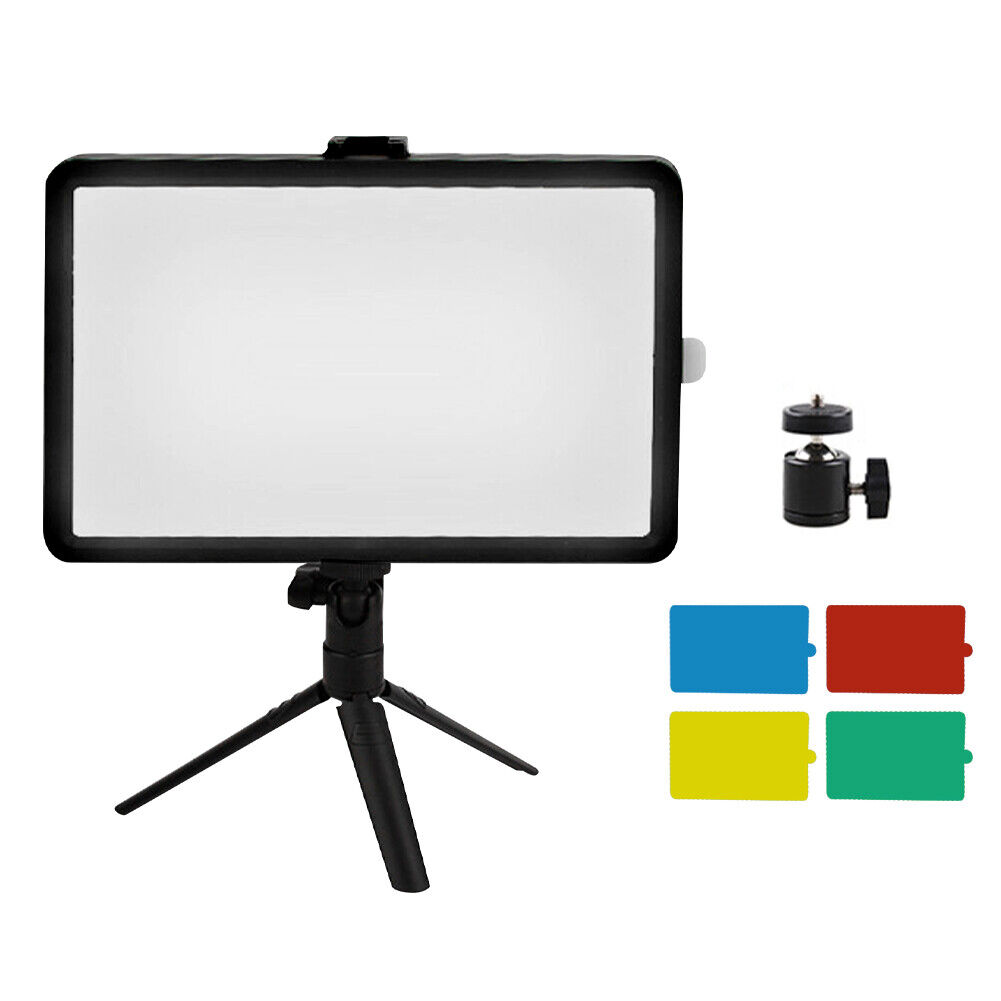
Unlock the Power of Continuous Lighting
Continuous lighting opens up a world of creative possibilities for photographers. By mastering this lighting technique, you can add depth, drama, and visual impact to your images. Whether you’re capturing portraits, products, or still life, understanding the basics of continuous lighting and its applications will undoubtedly elevate your photography skills. So, grab your lights, get creative, and unlock the full potential of continuous lighting in your photography journey.
Continuous Lighting in Photography: A Case Study
One of the most interesting and challenging aspects of photography is the use of continuous lighting. To decode the basics of continuous lighting, let’s take a look at a relevant case study and the challenges overcome by a professional photographer.
The Challenge: Capturing Stunning Portraits with Continuous Lighting
Meet Alex Johnson, a renowned portrait photographer who recently took on a project to capture a series of stunning portraits using continuous lighting. Alex had always been a fan of natural light, but he wanted to explore the possibilities offered by continuous lighting to create dramatic effects and capture unique expressions.
Alex’s first step was to invest in high-quality continuous lighting equipment. He opted for a versatile LED panel setup that allowed him to control the intensity, color temperature, and direction of the light. This gave him the flexibility needed to experiment with various lighting setups and achieve the desired effects.
The Solution: Mastering the Art of Continuous Lighting Techniques
Through trial and error, Alex gradually learned the art of using continuous lighting effectively. He discovered that the key to success lies in understanding the fundamentals of lighting and combining it with his creative vision.
One of the techniques Alex learned was the three-point lighting setup. This classic setup involves using a key light, fill light, and backlight to create depth, highlights, and shadows on the subject’s face. By adjusting the intensity and positioning of each light, Alex was able to create stunning portraits with a dynamic range of lighting.
Another challenge Alex faced was ensuring proper white balance when using continuous lighting. He found that shooting in RAW mode and using a gray card for reference helped him accurately adjust the color temperature in post-processing.
The Benefits: Enhancing Creativity and Flexibility
Through his journey of decoding the basics of continuous lighting, Alex discovered a whole new world of creative opportunities. Continuous lighting allowed him to create different moods and effects in his portraits, whether it was a soft and romantic feel or a bold and dramatic look.
Moreover, continuous lighting provided Alex with the flexibility he needed when shooting in various locations and environments. Unlike natural light, which changes with time and weather conditions, continuous lighting gave him consistent control over the lighting setup, ensuring consistent results regardless of the shooting conditions.
In conclusion, the case study of Alex Johnson demonstrates how continuous lighting can be mastered to capture stunning portraits. By overcoming the challenges and mastering the techniques, Alex unlocked his full creative potential and enhanced the quality of his photography.
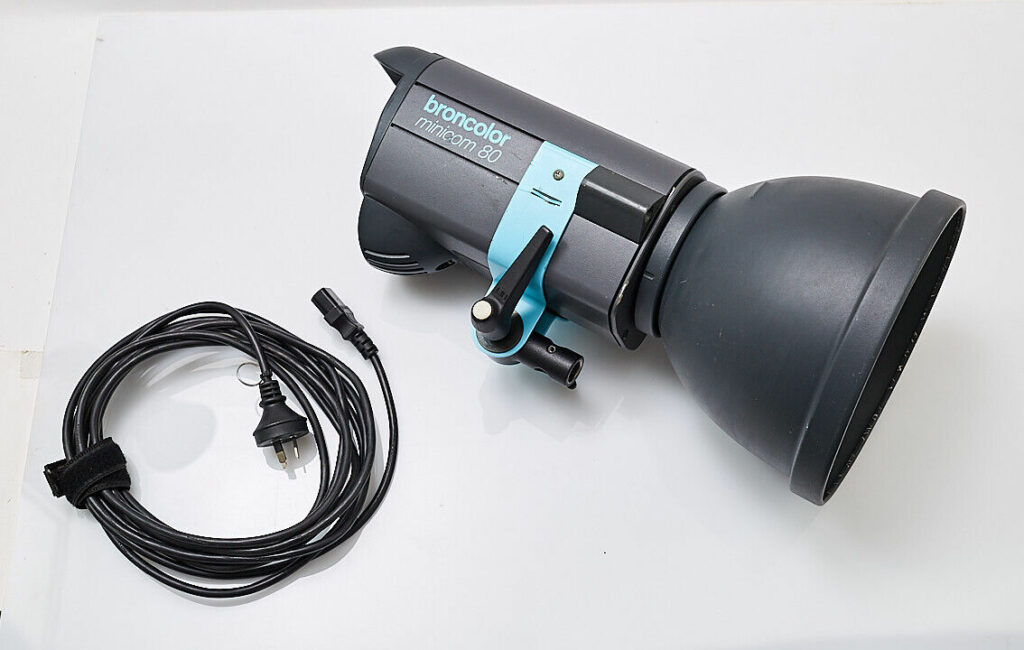
Frequently Asked Questions
What is continuous lighting in photography?
Continuous lighting refers to a lighting setup where light sources are constantly illuminated during the entire photoshoot, rather than using flashes or strobes. This type of lighting allows photographers to see and manipulate the lighting effects in real-time.
Why is continuous lighting important in photography?
Continuous lighting provides a constant source of illumination, making it easier for photographers to visualize and control the lighting effects. It is particularly useful for beginners who are still learning about light manipulation and its effects on the subject.
What are the advantages of using continuous lighting?
Some advantages of continuous lighting include:
- Immediate feedback on lighting and shadows
- Ability to see the impact of lighting adjustments in real-time
- Suitable for both photography and videography
- Less complicated setup compared to using flashes
Can continuous lighting be used for different types of photography?
Absolutely! Continuous lighting can be used in various types of photography, such as portrait, product, still-life, and even fashion photography. Its versatility makes it a popular choice among photographers of different genres.
What are some popular light effects that can be achieved with continuous lighting?
Continuous lighting allows photographers to create a wide range of light effects, such as:
- Soft and diffused lighting
- Hard and dramatic lighting
- Rembrandt lighting
- Butterfly lighting
- Split lighting
What are some basic techniques for using continuous lighting?
Here are some basic techniques to consider when working with continuous lighting:
- Position the light source based on the desired effect
- Experiment with different intensities and angles
- Combine multiple light sources for more complex lighting setups
- Use light modifiers, such as diffusers or reflectors, to manipulate the light
Where can I find continuous lighting equipment?
You can find continuous lighting equipment at photography supply stores, online retailers, and even rental services. Look for brands and models that suit your budget and photography needs.
Are there any disadvantages to using continuous lighting?
While continuous lighting offers numerous advantages, it also has some drawbacks:
- Heat generation from the lights, especially with higher wattage bulbs
- Bulkier setup compared to using compact flashes
- Higher power consumption compared to strobes
Is continuous lighting suitable for beginners?
Absolutely! Continuous lighting can be a great option for beginners as it provides immediate feedback on lighting adjustments. It allows beginners to learn and experiment with different lighting techniques without the need for advanced knowledge or expensive equipment.
Wrap Up
Continuous lighting is a powerful tool in photography that can enhance your images and unleash your creative potential. By understanding the basics of continuous lighting, you can manipulate light to achieve different effects, add depth, and create stunning photographs.
Remember to experiment with different lighting positions, intensities, and modifiers to achieve the desired results. Whether you’re capturing portraits, still life, or landscapes, continuous lighting can elevate your photography to new heights.
We hope this guide has demystified the concept of continuous lighting and provided you with valuable insights. Now it’s your turn to put these techniques into practice and see the difference it can make in your own photography.Feel free to share your experiences, ask questions, and leave comments below. We would love to hear from you and continue the discussion on continuous lighting and photography techniques.
